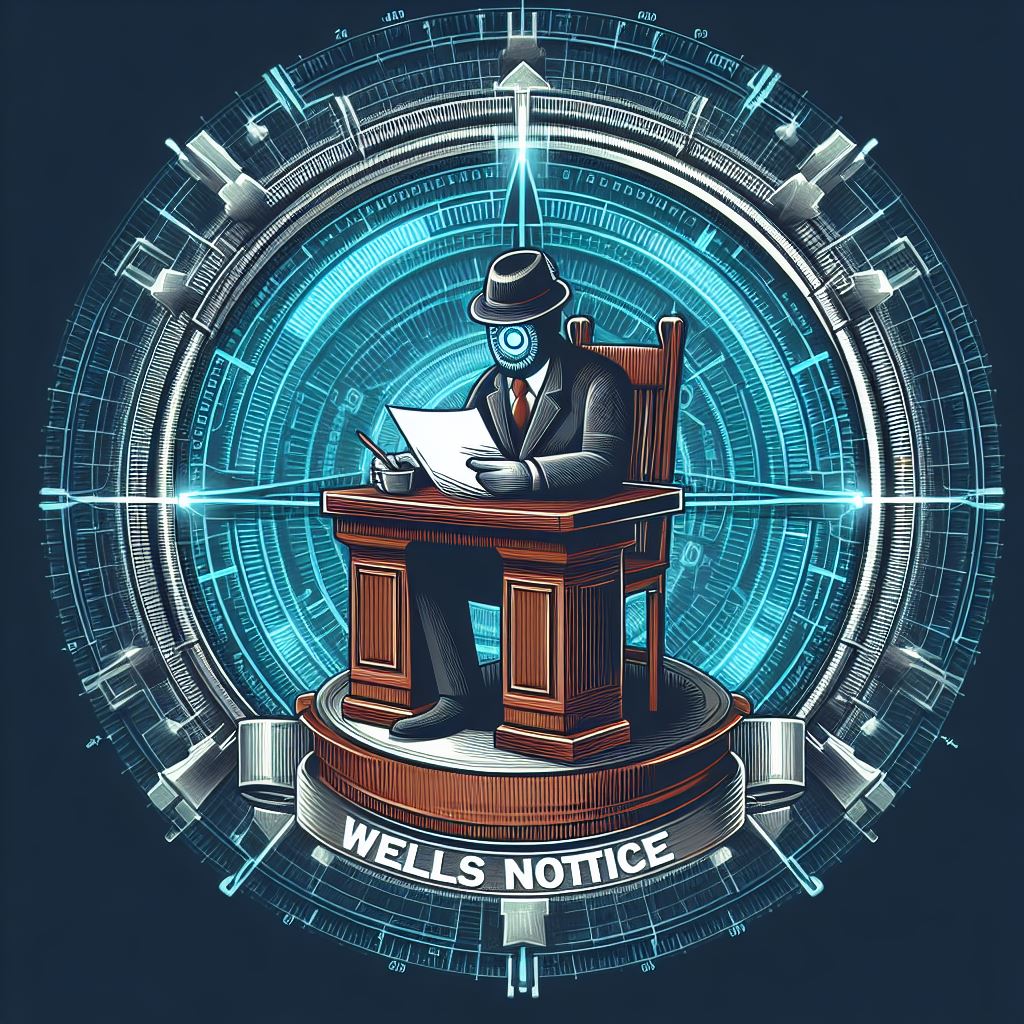Navigating the complexities of financial regulations is crucial for those in the industry. A Wells Notice is a critical development that can have significant implications for individuals and firms alike. Brook Taube’s experience with receiving a Wells Notice provides a pertinent case for discussion.
What Is a Wells Notice?

A Wells Notice is a formal notification from a regulatory body, such as the Securities and Exchange Commission (SEC), indicating that the staff intends to recommend enforcement action. It is not an accusation of wrongdoing but a warning that the agency is considering charges based on its investigation. The recipient of a Wells Notice has the opportunity to respond before any formal action is taken, which is an essential step in the process.
The Implications of Receiving a Wells Notice
When someone like Brook Taube receives a Wells Notice, it signifies that the regulatory body has preliminarily concluded there may have been a violation of securities laws. This can lead to reputational damage, operational challenges, and potential legal consequences if not addressed appropriately.
Brook Taube’s Encounter with the Wells Notice

Brook Taube, a notable figure in the financial sector, came into the spotlight after receiving a Wells Notice. While the specifics of Taube’s case are not public, it serves as a reminder of the importance of compliance and the potential ramifications of regulatory scrutiny.
Responding to a Wells Notice
The response to a Wells Notice is a critical component of the process. It allows the recipient to present their side of the story, dispute findings, and possibly dissuade the agency from pursuing enforcement. The response must be carefully crafted, often with the assistance of legal counsel, to address the concerns raised by the regulatory body effectively.
Best Practices for Handling a Wells Notice

For professionals like Brook Taube, and others in similar situations, there are certain best practices to consider when dealing with a Wells Notice:
- Prompt and Thorough Review: Quickly assemble a team to review the notice and the associated findings.
- Legal Expertise: Engage with experienced legal advisors to understand the implications and formulate a response.
- Clear Communication: Maintain open channels of communication with the regulatory body throughout the process.
- Documentation and Evidence: Gather all relevant documents and evidence that may support your case or clarify misunderstandings.
Preventative Measures
To avoid receiving a Wells Notice, firms and individuals should have robust compliance programs in place, conduct regular audits, and foster a culture of adherence to regulatory requirements.
Conclusion
The experience of Brook Taube with a Wells Notice is a sobering reminder of the regulatory landscape in the financial industry. It highlights the need for vigilance, preparedness, and a proactive approach to compliance. While a Wells Notice is a serious matter, with the right response and strategy, it can be navigated effectively.
Remember, the receipt of a Wells Notice is not the end of the road but an opportunity to address potential issues and demonstrate commitment to regulatory standards. Stay informed, stay prepared, and always prioritize compliance to safeguard your professional reputation and operations.
You may like reading about the following: Media Bzy
